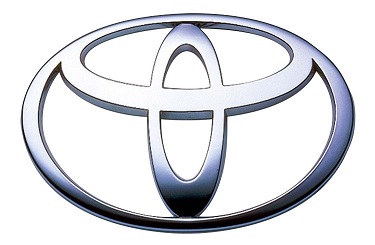Toyota Motor stated Friday it was abandoning plans to install Dedicated Short-Range Communications technology on U.S. vehicles aimed at letting cars and trucks communicate with one another to prevent collisions.
Automakers have conflicted if they should proceed with the DSRC system or use a 4G- or 5G-based system in the United States. Toyota’s declaration is a significant blow to the supporters of DSRC.
The Japanese automaker announced plans in April 2018 to start the installation of DSRC technology in 2021 “with the goal of adoption across most of its lineup by the mid-2020s.”
On Friday, it stated in a letter to the Federal Communications Commission (FCC) that “unfortunately we have not observed significant production commitments from other automakers.”
Automakers were allocated a section of spectrum for DSRC in the 5.9 GHz band in 1999 but it has substantially gone unused. Some FCC and cable company officials wish to reallocate the spectrum for WiFi and other uses. Testing has gone on for years to check if the band can be shared.
DSRC supporters note the U.S. Transportation Department has spent more than $700 million in the system’s development. The cellular option has concerns, including problems with interoperability, and is not that mature that it could be deployed in the 5.9 GHz band, they say.
Toyota stated Friday’s decision was based on “a range of factors, including the need for greater automotive industry commitment as well as federal government support to preserve the 5.9 GHz spectrum band for DSRC.”
The chance that the band could be subjected to “harmful interference from unlicensed operations… creates a substantial and arguably insurmountable risk,” the company stated.
It stated that it would “continue to re-evaluate the deployment environment” and stated it is still a strong supporter of DSRC “because we believe it is the only proven and available technology for collision avoidance communication.”
Toyota’s announcement suggests it is “imperative that the FCC provide clear guidance and certainty to the private sector companies and road operators that are attempting to create a safer environment,” stated the Intelligent Transportation Society of American, a group representing public, private and academic organizations.
DSRC transmissions allow vehicle-to-vehicle and vehicle-to-infrastructure communications and broadcast accurate vehicle information up to 10 times per second, including location, speed, and acceleration.
NHTSA has suggested that connected vehicles technologies could remove or reduce the severity of up to 80 percent of accidents not involving impaired drivers.
General Motors backs DSRC and has set up the technology on a small number of Cadillac CTS sedans it has sold since 2017.
The Transportation Department plans a meeting on Monday with automakers and state transportation authorities regarding connected vehicle efforts, officials stated on Friday.


